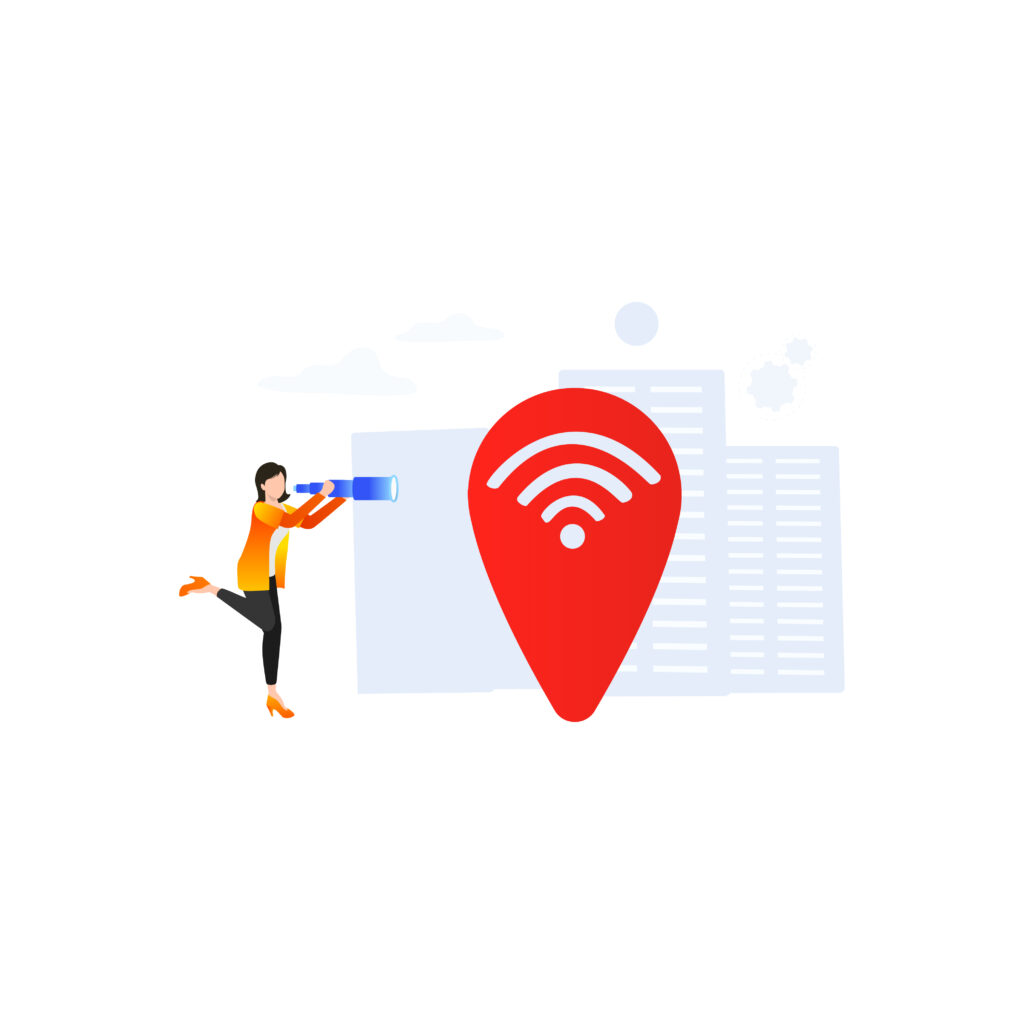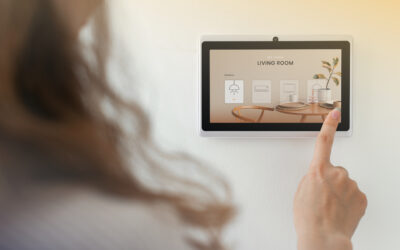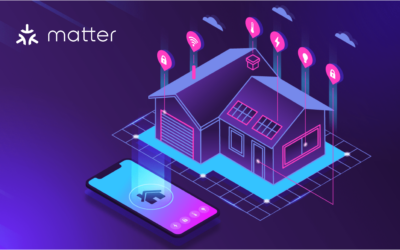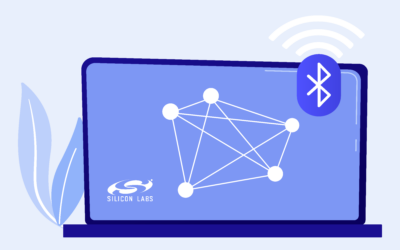Table of Content
Tracking the location of assets and people in buildings, manufacturing plants, campuses, hospitals, and many other places may be used to develop or enhance products and services.
Businesses may benefit from adding location tracking features, creating apps with location tracking functionality to serve customers, or improving business processes.
Devices constantly transmit or broadcast Bluetooth signals (packets) that communicate with each other and are picked up and processed by methods or techniques to get data about their location and proximity.
Bluetooth tracker (location tracking) capabilities rely on received signal strength information (RSSI) measuring for determining device proximity, location algorithms, and signal direction or signal angular measurements between receivers and transmitters to determine direction and accuracy.
Bluetooth Location Tracking for New Product Development
Apps with location services help businesses develop solutions based on the proximity of the users and specific points of interest (POI), location or position of assets inside a facility (tracking inventories), and indoor navigation, offering significant market opportunities to develop new services in smart cities, supply chain, building automation, marketing services, and other IoT use cases.
Create Bluetooth Location Tracking Features
Krasamo is an experienced mobile app and IoT system developer based in Texas,with extensive experience in Bluetooth technologies.
Bluetooth is a technology of choice for specific solutions with wireless connectivity, especially for location services, data transfer (streaming and transferring data between two devices), or building a mesh network that can be scalable to thousands of devices.
A real time locating system (RTLS) is a positioning system mostly used for asset tracking and people tracking through a mobile app or other systems. It is a relatively low-cost and versatile solution based on deploying receivers (locators) and is interoperable.
Estimating the real-time location of assets or people is done by deploying receivers (locators) fixed in buildings for receiving signals from tags attached to assets. The receiver/locator connects with the server (location engine), providing signal strength data and locator positions to estimate the tag location using trilateration and triangulation techniques.
Tags are programmed to transmit data according to the expected mobility of assets and the real-time requirements of locations.
The technique to estimate position is called trilateration, consisting of calculating distances from the tag to the three closest transmitters. The distance is calculated by signal strength.
Then, the asset or device location data is translated and displayed on the map within the app and used for triggering other functions.
Enhance Location Services Using Bluetooth Direction Finding
RTLS solutions can be enhanced with direction finding capabilities (available with Bluetooth versions 5.1 and above) for determining the direction of signals using angular measurements from devices and receivers to enhance accuracy. In other words, this helps to know in which direction the asset or person is moving within the building.
The signal’s angle of arrival and angle of departure is transmitted through multiple arranged antennas (antenna array modeling). The system takes signal IQ samples from antennas and calculates the signal direction.
Bluetooth Location Tracking Accuracy
Bluetooth location tracking can provide a highly accurate position of users and/or devices from 1 to 10 meters, depending on the type of facility. A Bluetooth location tracking app or RTLS solution with a direction finding feature can improve location accuracy to a centimeter level.
Bluetooth Location Tracking Implementation
Krasamo provides implementation services and expertise in designing hardware, software, and firmware. In addition, we can develop location platforms and services targeting accuracy levels in home and commercial automation, industrial applications, and supply chain use cases.
Our engineers design architecture and applications according to our customers’ specifications following the Bluetooth standard methodology.
Bluetooth is the technology of choice for asset location tracking, thanks to its market penetration, globally allocated radio channels, and economies of scale in components that offer low prices compared to other technologies.












0 Comments